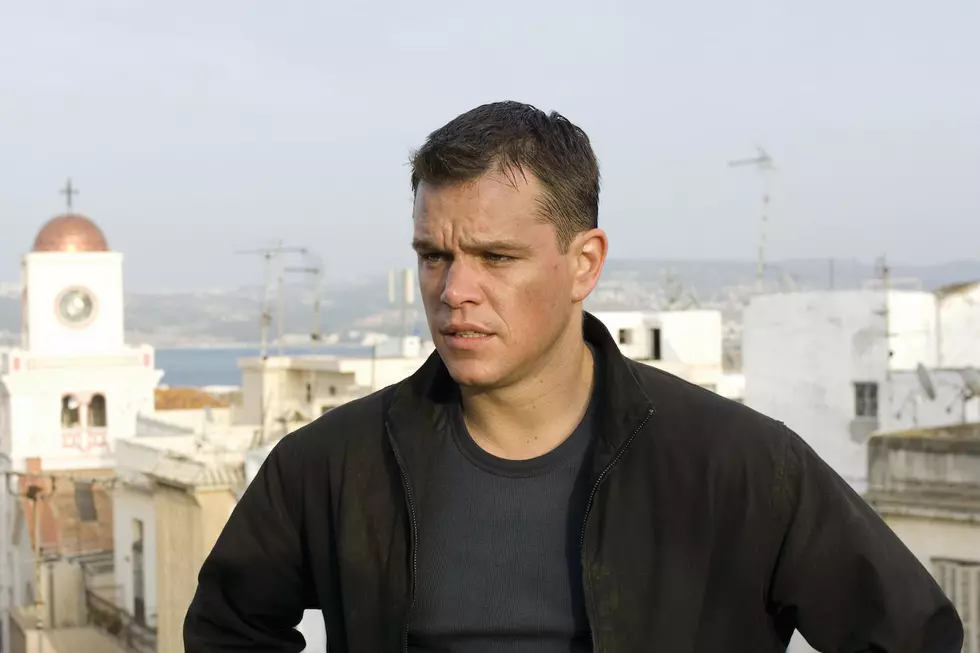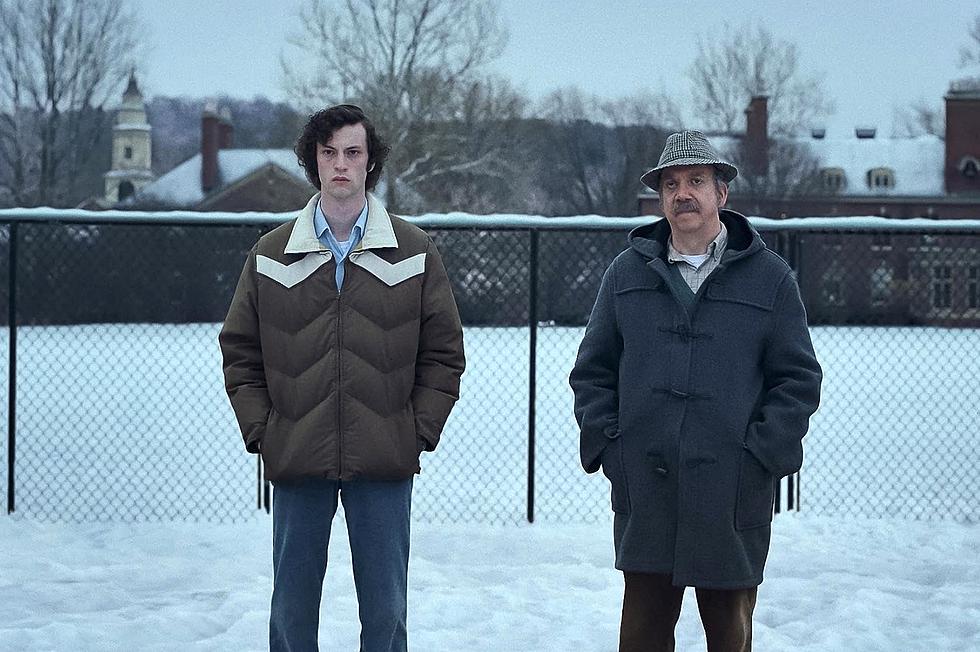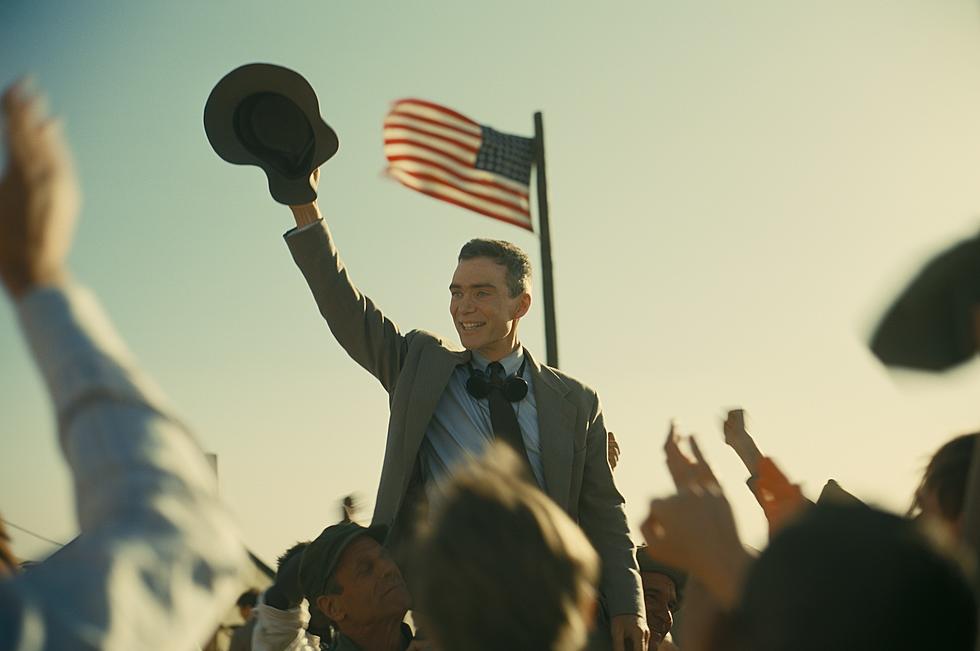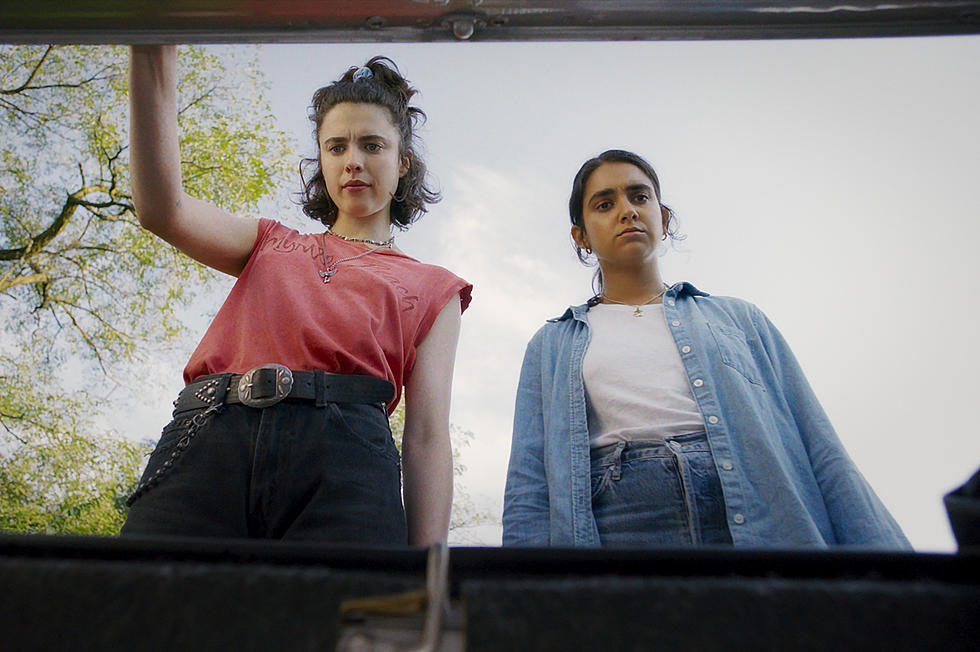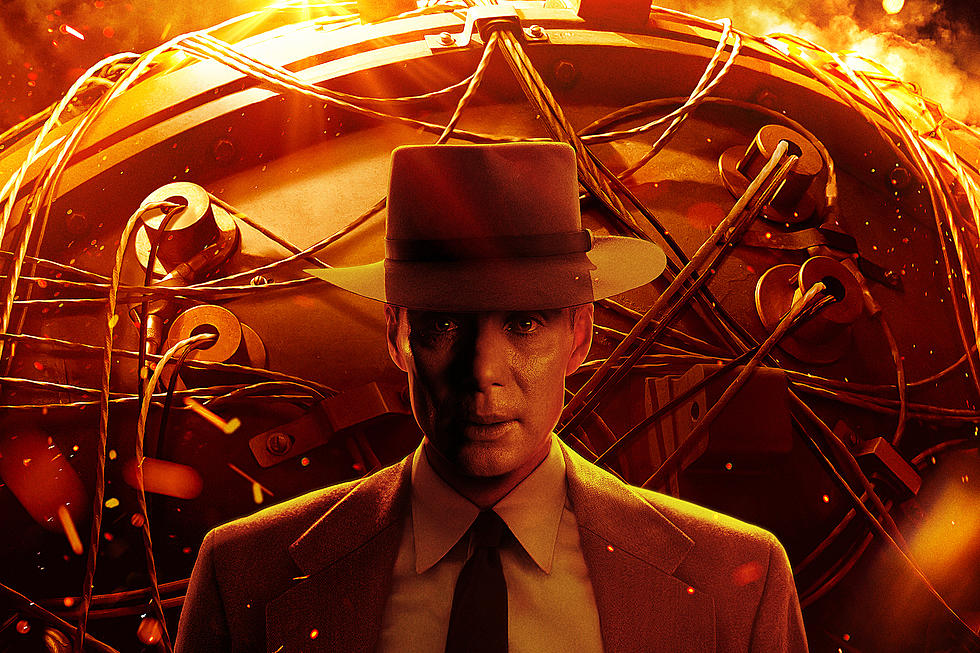
‘Downsizing’ Review: Alexander Payne’s Latest Is a Fascinating Concept Trapped In a Bland, Misguided Movie
Imagine Honey, I Shrunk the Kids, only said shrinkage was of your own volition. You could willingly decide to become a miniature version of yourself, but why would any sane person do that? The selling point of such a bizarre life-changing experience is that, as a five-inch-tall human, you would literally use less resources, and thus all of your daily necessities and luxuries would cost next to nothing. If you never could afford living in a lavish mansion, now you can. If you always wanted a diamond bracelet or a yacht, now you could buy one for a fraction of the price. And hey, you’re helping the environment, too! That’s the idea at the center of Alexander Payne’s Downsizing. This dark satire, directed by Payne (Nebraska, Sideways) and co-written by him and Jim Taylor, has the deceptive appearance of a quirky Charlie Kaufman-like sci-fi political tale, but it wastes its brilliant concept on a misguided, uninteresting story about a character you couldn’t care less about.
The first 45 minutes of Downsizing are unique, funny, and engaging as the film sets up the shrinking concept. A Norwegian scientist, Dr. Jorgen Asbjørnsen (Rolf Lassgård), has spent years trying to come up with a solution to overpopulation and global warming. Now he’s discovered a way to shrink human beings so that they take up less space, and thus create less waste. We then jump 10 years into the future, when roughly three percent of the world’s population has chosen to “go small.” But now people aren’t going small for environmental reasons — does anyone really care about the environment that much? — but for the socio-economic advantages.
We meet our first small people through a normal-sized couple. Paul Safranek (a lukewarm Matt Damon) and Audrey Safranek (Kristen Wiig in an egregiously wasted bit of casting) are your average middle-class American white couple. They have a fine and simple life and dream of moving into a big house, but can only afford to live in Paul’s childhood home. At a high school reunion, they reunite with a couple who’s gone small, Dave Johnson (Jason Sudekis) and Carol Johnson (Maribeth Monroe). At the Safraneks’ home, Dave tells Paul about living in Leisure Land, one of the many miniature communities built for small people, and how much going small has changed his and his wife’s lives for the better.
There’s a great droll awkwardness to the scenes of small people interacting with normal-sized folk. They use mini-megaphones to talk, and Dave sits on an Ak Mak cracker box in Paul’s kitchen while his tiny wife stands in the middle of a coffee table and other women lean in to talk to her. Later, when we witness the actual shrinkage process, a group of lab assistants scoop up the tiny naked human bodies with spatulas. The visual absurdity of the first third of the movie is delightfully weird and comedic, but Payne quickly abandons that as the movie veers off in unexpected and odd directions. Though the last two-thirds of the film follow characters who’ve gone small, Payne mostly forgets about the movie’s visual gimmick — and you forget you’re watching tiny people.
Convinced by their friends’ promises of a more luxurious life, eventually Paul and Audrey decide to go small. But in a bit of a twist that makes no logical sense for the character, Audrey exits the movie and Paul goes it alone. Downsizing becomes all about him as he seeks to find a place and a purpose in his new miniature world, realizing that going small doesn’t solve all your problems. And this is where the movie completely falls apart.
We’re never given reason to really care about Paul. He’s an uninteresting guy with uninteresting problems. He becomes friends with his eccentric neighbor Dusan (a characteristically kooky Christoph Waltz), who takes him to Norway for a weird apocalyptic subplot. Later, Paul meets and sparks a totally unconvincing romance with Vietnamese refugee and amputee Ngoc Lan Tran, played charismatically by Hong Chau. But Chau’s character is one of the more problematic aspects of the movie, both for how she’s written and the role she serves in Paul’s story.
The film heavily relies on Ngoc Lan’s broken English for laughs, and worst of all, it seems to excuse that icky, racist caricature by having Paul suddenly fall in love with her. It’s as if only love could convince him (and, as the film thinks, us) that a Vietnamese cleaning lady is an actual human being worthy of his attention. And then Ngoc Lan helps Paul discover his self-worth when she asks him to help the poor and sick at a housing project in Leisure Land. The low-income community is never fully explained, and though it introduces fascinating ideas about race and privilege, the movie fails to explore it.
Payne’s film brushes past a ton of similarly interesting concepts within its shrinking premise. It briefly raises the question of whether small people should have the same voting rights and tax exemptions as normal-sized ones. It taps into notions of how new hierarchies of class and race are being created within shrunken communities, while suggesting other social prejudices may arise between small and big people. The premise leaves you with questions about how the downsizing phenomenon would affect not only the environment, but the economy and healthcare system. But Downsizing isn’t interested in unpacking any of this, ignoring its more compelling aspects in favor of narrowly focusing on Paul.
Downsizing seems to want to be a dark allegory about our present-day apocalyptic anxieties, suggesting that we’d rather shrink down to five inches to escape our fears and disappointments. But Payne’s film never delivers on any of that. Payne shamefully wastes a unique premise — not to mention Neil Patrick Harris, Laura Dern, Margot Martindale, and James Van Der Beek in too-brief cameos — to tell a boring story about a lonely guy searching for his purpose. Downsizing is all half-empty, big ideas that accomplish very little.
More From ScreenCrush



